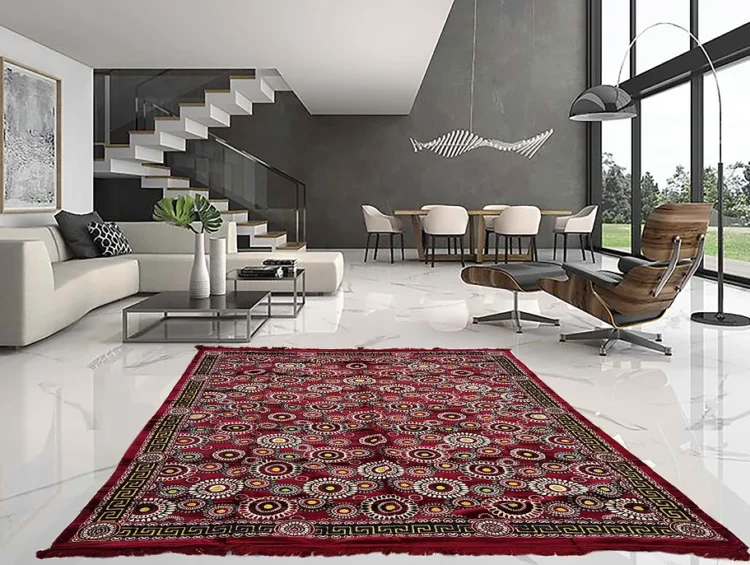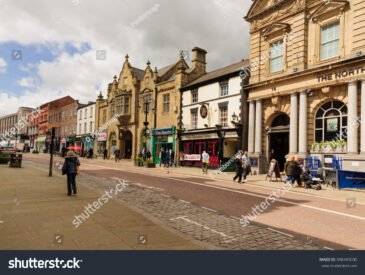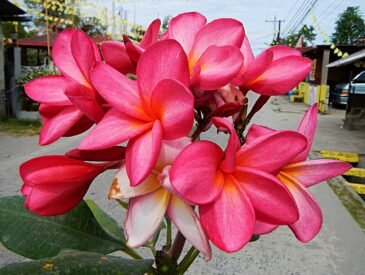Turkish carpet rugs are not just decorative items; they are a profound reflection of Turkey’s rich cultural heritage and artistic craftsmanship. Renowned for their intricate designs, vibrant colors, and remarkable quality, these rugs have been an integral part of Turkish life for centuries. This article delves into the history, types, materials, weaving techniques, and maintenance of Turkish carpet rugs, highlighting their significance in both traditional and modern contexts.
History of Turkish Carpet Rugs
The origins of Turkish carpet weaving can be traced back to the nomadic tribes of Central Asia, where the art of rug making began as a practical means of creating durable floor coverings. Over the centuries, this craft evolved significantly, influenced by the diverse cultures and artistic traditions encountered as the tribes migrated to Anatolia.
During the Seljuk and Ottoman empires, Turkish carpets gained global recognition, characterized by their unique patterns and vibrant colors. Each region of Turkey developed its distinctive styles and techniques, resulting in a rich tapestry of designs that continues to evolve today.
Types of Turkish Carpet Rugs
Turkish carpet rugs come in various types, each with its unique characteristics and significance:
Kilim Rugs
Kilim rugs are flat-woven carpets made without knots, featuring geometric patterns and bright colors. They are often used as wall hangings, floor coverings, or throws, making them versatile in home decor.
Anatolian Rugs
These rugs are known for their intricate motifs and rich symbolism, often depicting natural elements or tribal stories. The use of natural dyes enhances their beauty, making them popular among collectors and home decorators.
Hereke Rugs
Famed for their exceptional craftsmanship, Hereke rugs are handwoven in the Hereke district near Istanbul. They often feature complex designs, including floral and medallion patterns, and are considered investment pieces due to their high quality and rarity.
Other Notable Types
Other regional styles, such as Sivas and Kayseri rugs, showcase unique patterns and weaving techniques, further enriching the diversity of Turkish carpet rugs.
Materials Used in Turkish Carpet Rugs
The materials used in crafting Turkish carpet rugs play a vital role in determining their quality and aesthetic appeal. Common materials include:
- Wool: Soft, durable, and resilient, wool is a popular choice for rugs, providing warmth and comfort.
- Cotton: Often used for the foundation or warp, cotton adds strength and stability.
- Silk: Known for its luxurious sheen and softness, silk is often incorporated into high-end rugs for added elegance.
The use of natural dyes derived from plants and minerals enhances the vibrancy and richness of the colors in these rugs, making each piece a unique work of art.
The Art of Weaving Turkish Carpet Rugs
The traditional weaving techniques used to create Turkish carpet rugs are passed down through generations, showcasing the skill and dedication of artisans. Each rug is typically woven on a loom, with the design meticulously crafted by hand.
Artisans often spend months on a single rug, reflecting their commitment to quality and authenticity. In recent years, modern adaptations have emerged, blending traditional techniques with contemporary designs, and appealing to a broader audience.
How to Choose the Right Turkish Carpet Rug
When selecting a Turkish carpet rug, consider the following factors:
- Size: Ensure the rug fits your space appropriately. Measure your area to determine the best dimensions.
- Design: Choose a design that complements your home decor. Whether you prefer bold colors or subtle patterns, there’s a rug for every taste.
- Material: Consider the material based on usage; for high-traffic areas, wool or synthetic fibers may be ideal for their durability.
Understanding rug quality and authenticity is crucial. Look for handwoven pieces, check for irregularities in patterns (indicative of handmade craftsmanship), and inquire about the origin of the rug.
Care and Maintenance of Turkish Carpet Rugs
Proper care is essential to maintain the beauty and longevity of your Turkish carpet rugs:
- Cleaning: Regular vacuuming helps remove dirt and dust. For deep cleaning, consult a professional or follow specific care instructions based on the rug’s material.
- Preventative Measures: Place rugs in low-traffic areas or use pads to minimize wear. Avoid direct sunlight to prevent fading.
- Restoration Options: For damaged rugs, professional restoration can breathe new life into your piece, making it look as good as new.
The Market for Turkish Carpet Rugs
The market for Turkish carpet rugs has seen notable trends in recent years. With a growing appreciation for artisanal crafts, many consumers are seeking authentic pieces over mass-produced alternatives.
Pricing for Turkish rugs can vary significantly based on factors such as size, material, and craftsmanship. Authentic rugs can be found in local shops, specialty stores, and online marketplaces. Ensure you purchase from reputable sellers to guarantee quality and authenticity.
Conclusion
Turkish carpet rugs are more than mere decorations; they are a testament to centuries of artistry, culture, and tradition. Each piece tells a story, reflecting the history and craftsmanship of the artisans who created it. By understanding the significance and care of these beautiful rugs, you can appreciate their value in enhancing your living space and preserving a piece of cultural heritage.
Additional Resources
For those looking to delve deeper into the world of Turkish carpet rugs, consider exploring books on the subject, visiting local exhibitions, or connecting with rug experts in your area. Embrace the beauty of Turkish carpets and let them enrich your home! Feel free to adjust any parts or let me know if you need further assistance!




